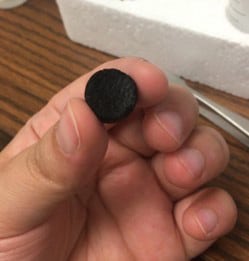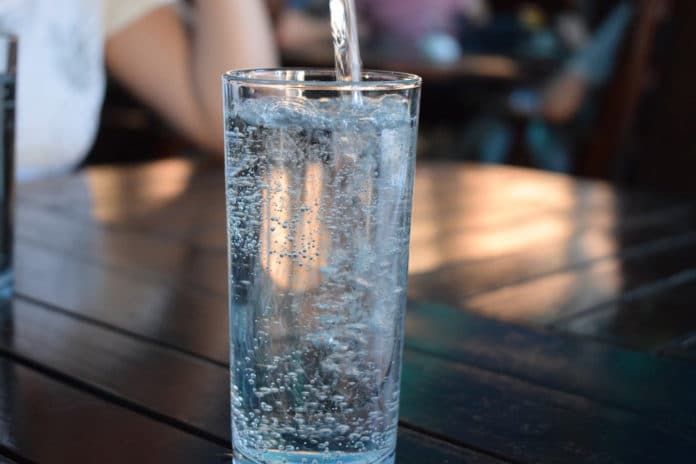A newly created hydrogel tablet could potentially mitigate global water scarcity by rapidly purifying contaminated water. The hydrogel tablet, which acts as a water purifier, can disinfect a liter of river water and make it suitable for drinking in an hour or less.
This multifunctional hydrogel tablet is easy to use, highly efficient, and potentially scalable up to mass production.
People often boil or pasteurize water as a primary way to purify water. However, the process is time and energy-consuming. Also, it is not feasible for people in parts of the world without the resources for these processes.
The special hydrogels generate hydrogen peroxide to neutralize bacteria with 99.999% efficiency. Along with activated carbon particles, the hydrogen peroxide attack essential cell components of bacteria and disrupt their metabolism.

This process doesn’t require energy input. It also does not generate harmful byproducts. After water purification, one can easily remove the hydrogel as it doesn’t leave any residue.
Keith Johnston, a professor in the McKetta Department of Chemical Engineering who co-led the project, said, “A highly vigilant graduate student, Young Guo, discovered these hydrogels unexpectedly while doing something else, that is, purification of water with sunlight.”
One tablet can disinfect a liter of river water and make it suitable for drinking in an hour or less. In addition to the purification of water, the hydrogel tablet could also improve a process called solar distillation.
Journal Reference:
- Young Guo, Christopher M. Dundas et al. Molecular Engineering of Hydrogels for Rapid Water Disinfection and Sustainable Solar Vapor Generation. DOI: 10.1002/adma.202102994
